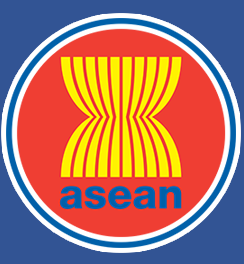ASEAN Journal on Science and Technology for Development
Abstract
Traditionally, the method used in the electricity generation expansion planning has concentrated only on the supply-side options to identify the sequence of generation additions meet the forecasted demand at a minimum cost. Electricity generation expansion planning with both supply- and demand-side options, commonly known as integrated resource planning are also being used in some developed countries. With growing environmental concerns, especially the emission of air-pollutants from the power generation, demand-side management and clean and efficient generation technology options in the power sector development are getting increasing attention. In this paper, we compare the traditional planning approach with integrated resource planning. We also analyze the implications of CO2 reduction targets for the power sector development in the framework of supply side planning by including clean supply-side technologies as candidate plants. During the planning horizon, generation capacity of 365 MW and a cumulative electricity generation or 61,681 GWh would be avoided through the use of efficient demand-side technologies compared to the business-as-usual (BAU) case. When the clean supply-side options considered in the least-cost planning process, three units of 100-MW biomass-based plants are selected. The long run average cost of generation is found to increase by 0.32, 0.65 and 1.61% at the level of CO2 emission reduction target of 5, 10, and 20%, respectively.
Publication Date
12-10-2017
Recommended Citation
Bundit, Limmeechokchai; Somporn, Tanatvan; and M., Shrestha Ram
(2017)
"MITIGATING CO EMISSIONS FROM THE POWER SECTOR: LEAST-COST ANALYSIS OF POLICY OPTIONS IN THAILAND,"
ASEAN Journal on Science and Technology for Development: Vol. 19:
No.
1, Article 5.
DOI: https://doi.org/10.29037/ajstd.331
Available at:
https://ajstd.ubd.edu.bn/journal/vol19/iss1/5

